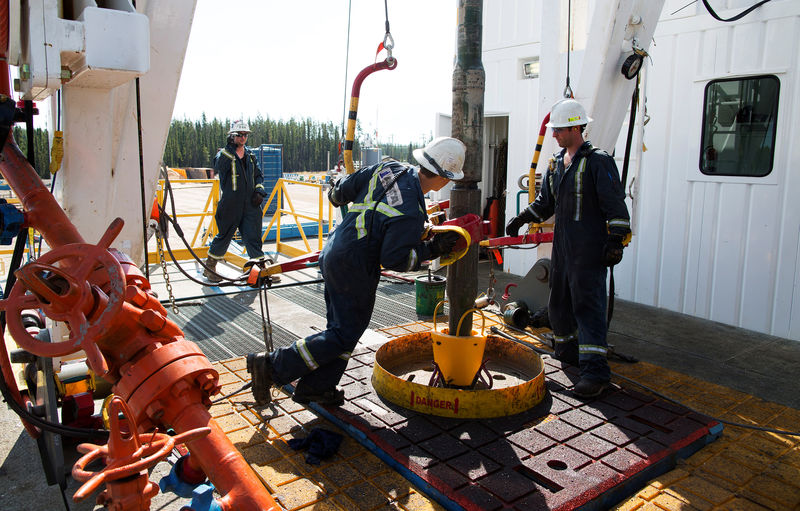Crude Edges Higher; Set for Third Consecutive Weekly Drop
2022.09.16 09:45
[ad_1]

© Reuters.
By Peter Nurse
Investing.com — Oil prices edged higher Friday, bouncing back from the previous session’s hefty losses but remained on track for another weekly decline on concerns slowing economic growth will hit fuel demand.
By 09:15 ET (13:15 GMT), futures traded 0.3% higher at $85.34 a barrel, while the contract rose 0.8% to $91.57.
U.S. edged lower to $2.4280 a gallon.
Both benchmarks are on course for weekly losses of over 1%, the third consecutive negative week, on fears aggressive monetary tightening by a number of central banks across the globe will curb global economic growth and thus fuel demand.
Both the World Bank and the International Monetary Fund warned Thursday of an impending global economic slowdown in late-2022 and 2023, which has weighed on sentiment.
Additionally, the hot report earlier in the week gave the dollar a boost to the detriment of the crude market as oil is denominated in dollars, making it more expensive for foreign buyers.
The fears of a global recession have seen both Brent and WTI down by 20% in the third quarter alone, for the worst quarterly percentage declines since the start of the coronavirus pandemic in the first three months of 2020.
However, both the Organization of the Petroleum Exporting Countries and the International Energy Agency still see global demand growing by between 2% and 3% this year and next. This would tend to suggest that either these two bodies need to revise their forecasts lower or the market has considerable upside.
Additionally, supply remains tight.
Expectations of a return of Iranian crude have dwindled, with Israeli Defence Minister describing the 2015 nuclear deal with world powers as being “in the ER room” on Thursday, suggesting it is unlikely to be renewed soon, if at all.
The Organization of the Petroleum Exporting Countries, Russia and other allies, known as OPEC+, could also take umbrage with the falling prices, likely seeing around $100 a barrel as a fair price that the global economy can absorb.
This could mean that possible OPEC+ production cuts could be under discussion at the group’s October meeting, especially as Saudi Arabia, the de facto leader of the group, recently made public statements to support prices ahead of the September meeting when prices were higher than they are now.
The rig count and the CFTC’s round off the week later.
[ad_2]
Source link








